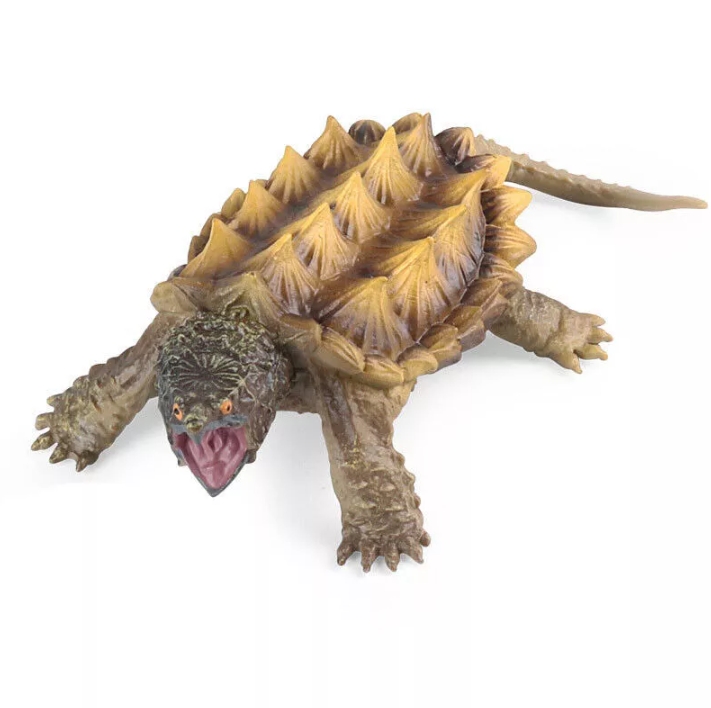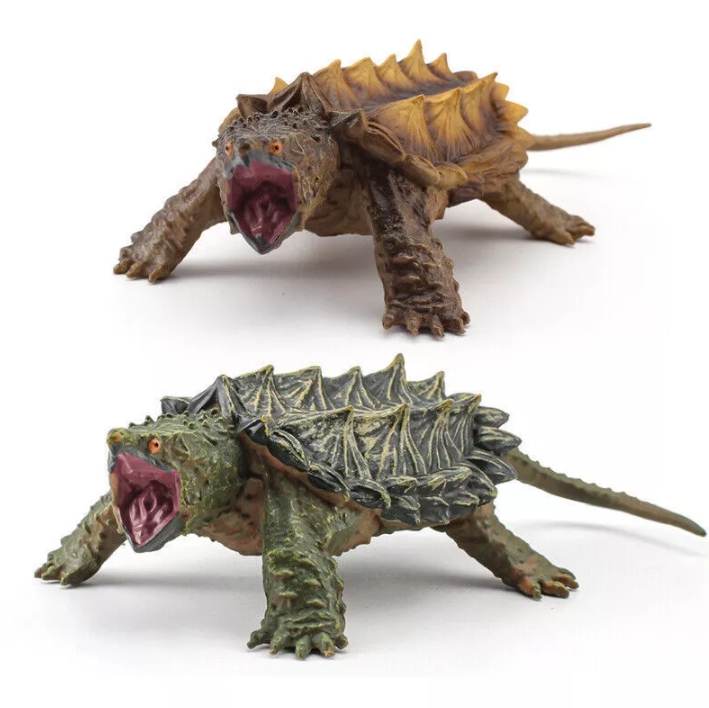Snapping turtle model, as an innovative tool for biodiversity conservation, has attracted more and more attention in recent years. This model is mainly based on the snapping turtle as a prototype, combined with modern technology, and aims to interact with the ecological environment through biological characteristics simulation in order to better understand and protect this endangered species.
Snapping turtles are one of the oldest reptiles on the earth. With their unique physiological structure and ecological adaptability, snapping turtles survive relatively successfully in amphibious environments. However, factors such as habitat destruction, illegal hunting, and water pollution have caused their numbers to decline year by year. Therefore, it is particularly important to establish a model that can accurately simulate the living environment and behavior of snapping turtles.
The design of the model not only includes the external morphology of the snapping turtle, but also explores its behavior and ecological needs in depth. Using advanced computer simulation techniques,it is possible to reproduce snapping turtle activity patterns in different environments,such as foraging, mating and defensive behavior. This vivid representation helps researchers better understand how snapping turtles adapt to their living environment,and on this basis,develop practical conservation measures.
In addition,the use of snapping turtle models has been extended to education and public outreach. Through the visual model,the general public can more intuitively understand the life habits of snapping turtles and their important role in the ecosystem. This will not only raise public awareness of conservation,but also promote people's attention and thinking about biodiversity issues.
In practical applications,the snapping turtle model can also be combined with Internet of Things technology to monitor changes in the snapping turtle's habitat environment in real time.




